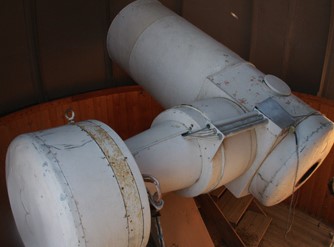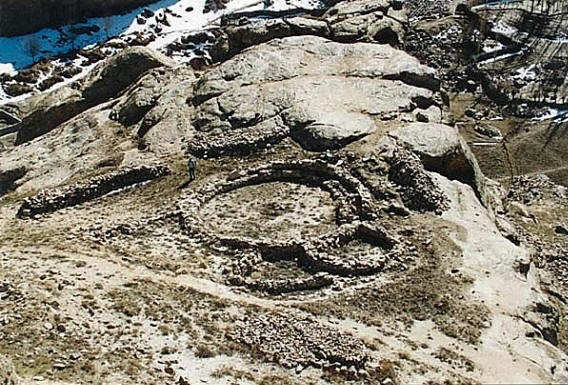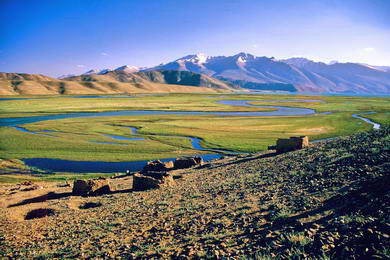 |
Official Webpage |



ARM ENG |
|||||
|
|||||||
The modern astronomy sciences in Tajikistan started from the Tajik Astronomical Observatory (TAO), established in November 13, 1932 by the government of Tajik Soviet Socialistic Republic. Stalinabad Astronomical Observatory, SAO, started in 1948 by the resolution of the Communist Party and Council of Ministers of the Tajik SSR of January 17, 1958 was transformed into Institute of Astrophysics of Tajik Academy of Sciences of the USSR.


The modern astronomy sciences in Tajikistan started from the Tajik Astronomical Observatory (TAO), in 1932. In 1958 was transformed into Institute of Astrophysics of Tajik Academy of Sciences of the USSR. The Institute started research on natural and man-made space objects through international projects and programs.

Fundamental researches were conducted on meteors and Earth’s upper Atmosphere, comets and asteroids, stars and galaxies.
Now at the Institute of Astrophysics there are three astronomical observatories at different altitudes from the sea level: Hissar Observatory (HisAO, altitude 730m), the observatory “Sanglokh” (height 2300m) in Dangara area and its branch, the observatory “Pamir” (height 4350m) in Murghab district of Badakhshan.
The Institute has introduced the modern methods and technologies for the monitoring of bright meteors. Fireballs network are created in Tajikistan. The basic image of 200 fireballs and for 150 of them the main parameters of the atmospheric trajectories, radiant, velocities, orbits and physical characteristics are obtained.

The Institute publishes a scientific journal “Bulletin of the institute of Astrophysics of the Republic of Tajikistan”, which provides information on the history of astronomy. By the initiative of the institute in 1999 at the Tajik National University, the specialty of “Astronomy” was established. Hissar Astronomical Observatory of the Institute became the base for this specialty. At the institute, the Astronomical Society of Tajikistan provides training to produce qualified personnel in Tajikistan.
The Institute has started rebuilding and modernizing its astronomical observatories and have installed and commissioned a 60cm reflector (Carl Zeiss in the observatory “Sanglokh”). In 2007, introduction of new equipment (i.e. charge system) and computer technology astrophysical observations of cosmic objects were started.

This has enabled the institution to participate successfully in the projects of the International Science and Technology Center, in the International Programme PULKON, in the projects of the International Year of Astronomy, UNESCO and the UN. The active cooperation of the institute with the Institute of International Astronomical Union. In 1993, Tajikistan became a member of the Union with the International Committee on Space Research (COSPAR). In addition, projects with the Euro-Asian Astronomical Society and other International scientific organizations were restarted.

The observatory “Pamir” (height 4350m) is in Murghab district of Badakhshan. The regularities of the destruction of the comet’s nucleus in the atmosphere of stars and planets, including Earth’s atmosphere are studied; the rate of atmosphere of positive and negative ions generation in comets, and the properties of the surface of some asteroids were investigated.
Thirteen kilometres east of Khorog, on M41 - the road from Khorog to Bulunkul and the Pamir heights - and located on a high cliff dominating the Gunt valley and Bogev village, is the Kofir-Kala complex of ancient ruins. The ruins consist of the base of a fortress with a citadel as well as the remains of two circular outdoor worship structures.

The location of the worship center conforms to the Zoroastrian practice of worshipping on high ground. In ancient times, this complex was a well-protected center of worship that served the Shugnan / Shugnon area - the Gunt valley and mountainous region immediately east of Khorog.
